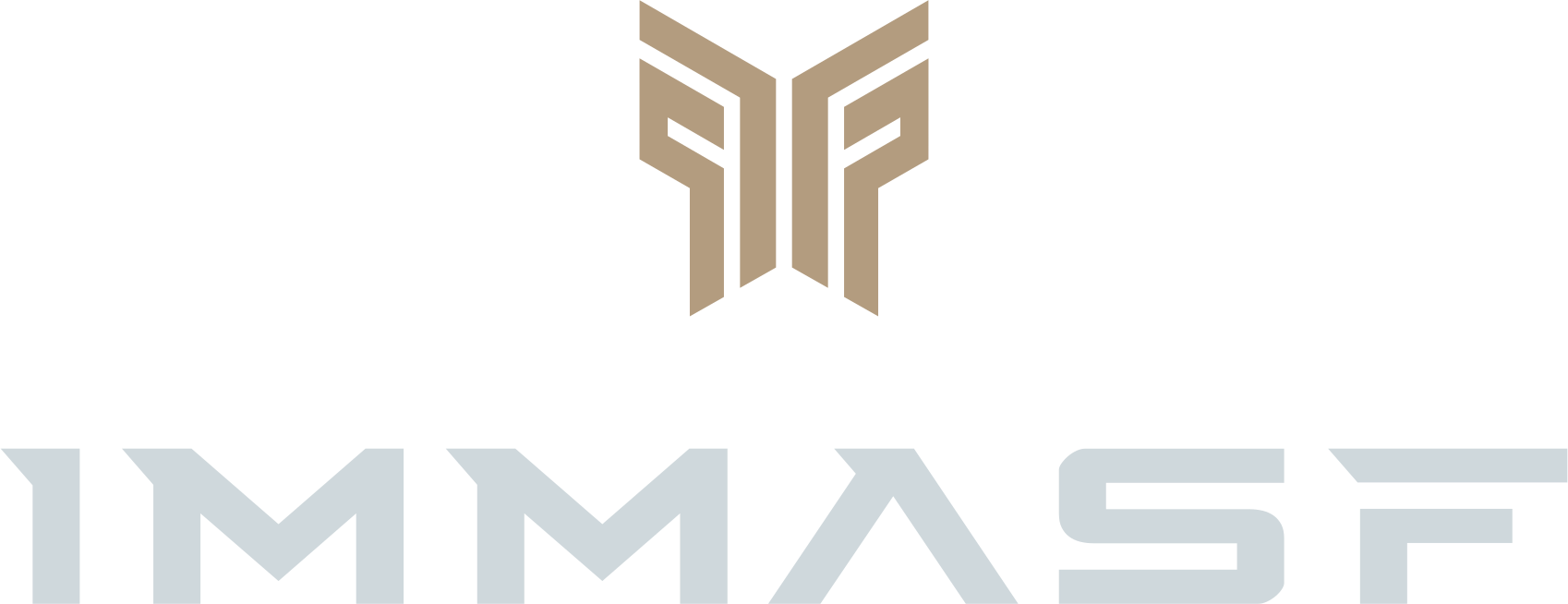An organized MMA structure ensures smooth functioning, consistent standards, and fair competition across all levels of the sport. The organization involves clear hierarchies, roles, and responsibilities to manage events, athlete development, and regulatory compliance effectively.
a. Governing Body
•Role: Sets the rules, regulations, and standards for MMA competitions.
•Responsibilities:
•Sanctioning events.
•Certifying fighters, coaches, and officials.
•Enforcing rules and resolving disputes.
•Examples:
•National MMA federations like IMMASF.
b. Regional Affiliates
•Role: Represent the governing body at regional or local levels.
•Responsibilities:
•Organizing grassroots events.
•Managing regional rankings and athlete development.
•Providing training and certification programs.
c. Committees and Panels
•Technical Committee: Oversees rule implementation and event standards.
•Medical Committee: Ensures fighter safety and oversees medical protocols.
•Disciplinary Panel: Handles violations, disputes, and appeals.
a. Leadership
•President/Director:
•Leads the organization, ensuring alignment with its mission and goals.
•Represents the organization in official capacities.
•Board Members:
•Provide strategic direction and oversee operations.
b. Event Management
•Promoters:
•Organize MMA events, including fight cards, logistics, and marketing.
•Event Coordinators:
•Manage operational aspects like venue setup, fighter check-ins, and security.
c. Technical Roles
•Referees:
•Enforce rules during fights and ensure fighter safety.
•Judges:
•Score fights based on established criteria to determine winners.
•Timekeepers:
•Track round duration and signal the start/end of rounds.
d. Athlete Support
•Coaches:
•Train fighters in techniques, strategy, and fitness.
•Cutmen:
•Provide immediate care for minor injuries during fights.
•Medical Staff:
•Handle pre-fight and post-fight medical evaluations and emergencies.
e. Administrative Staff
•Registrars:
•Maintain records for fighters, events, and rankings.
•Marketing and Communications:
•Promote events and manage public relations.
•Legal Advisors:
•Handle contracts, compliance, and dispute resolution.
a. Athlete Pathway
•Grassroots programs for new fighters.
•Amateur competitions for skill-building.
•Transition pathways to professional MMA.
b. Certification Programs
•Training and certification for coaches, referees, and judges.
•Seminars and workshops for continuous education.
c. Athlete Welfare
•Resources for mental health, injury prevention, and financial planning.
a. Pre-Event
•Fighter registration and weigh-ins.
•Venue preparation, including cage setup and seating.
•Media coverage and promotions.
b. During Event
•Conducting fights with officials in place.
•Real-time medical and technical oversight.
•Fan engagement through live commentary or broadcasting.
c. Post-Event
•Medical checks and fighter payouts.
•Publishing official results and updated rankings.
•Collecting feedback for future improvements.
•Code of Conduct: Establishes ethical guidelines for fighters, coaches, and officials.
•Safeguarding Policies: Protects vulnerable individuals and promotes inclusivity.
•Anti-Doping Regulations: Ensures a clean and fair sport.
•Youth Programs: Encourage participation and skill-building at a young age.
•Charity Events: Use MMA to raise funds for social causes.
•Workshops: Promote safety, fitness, and self-defense through community classes.
•Regular publication of:
•Financial reports.
•Rankings and performance data.
•Rule updates and policy changes.
•Mechanisms for:
•Dispute resolution.
•Feedback collection from fighters, coaches, and fans.
A well-organized MMA structure ensures consistency, professionalism, and long-term growth while fostering a safe and inclusive environment for all participants.
